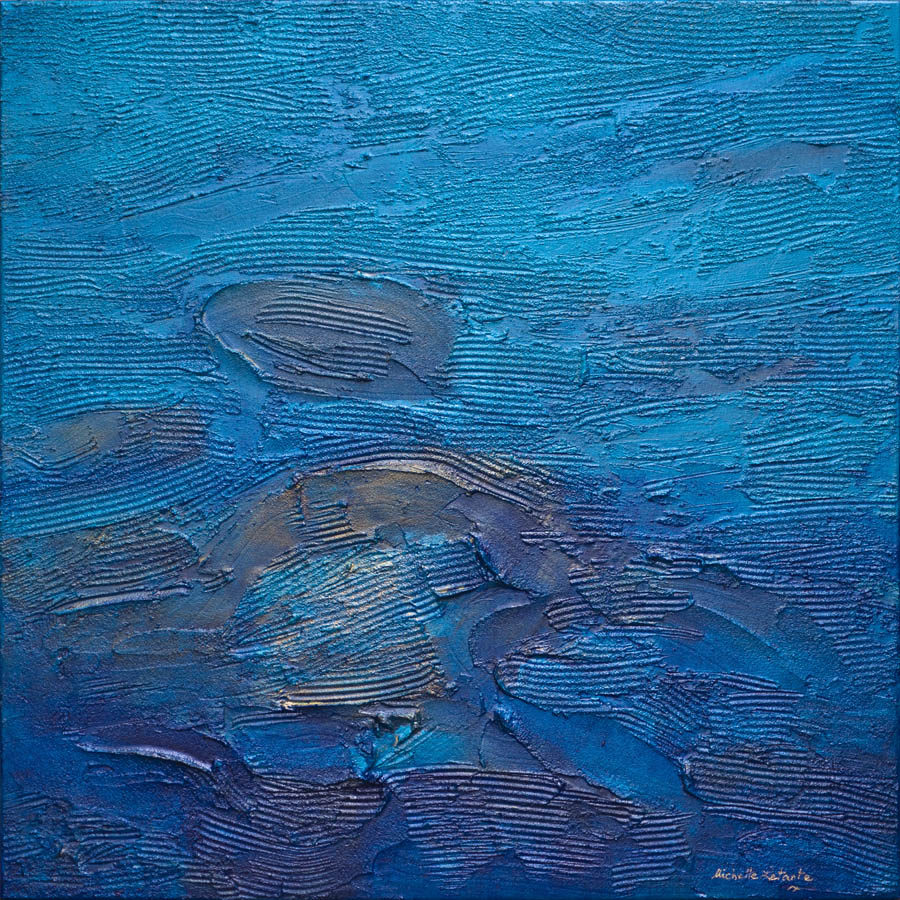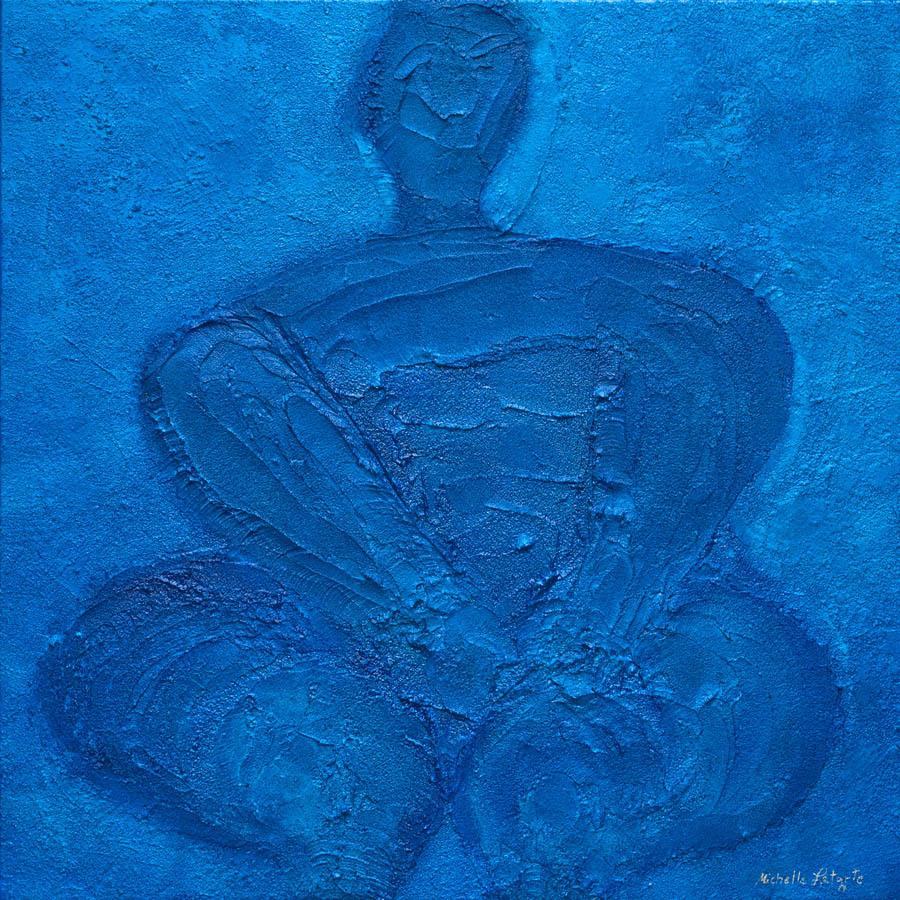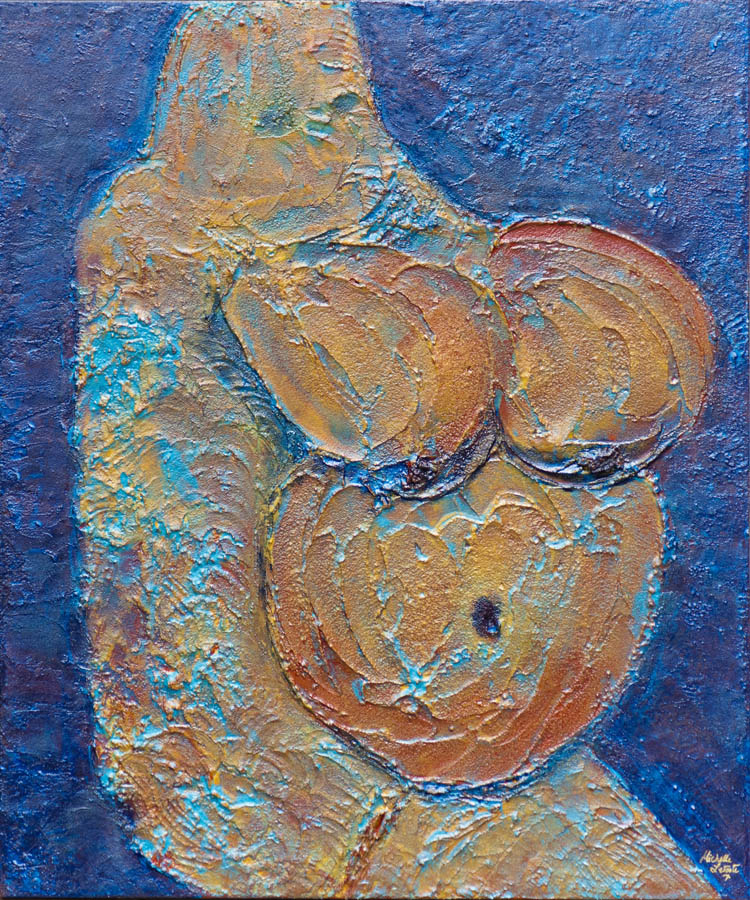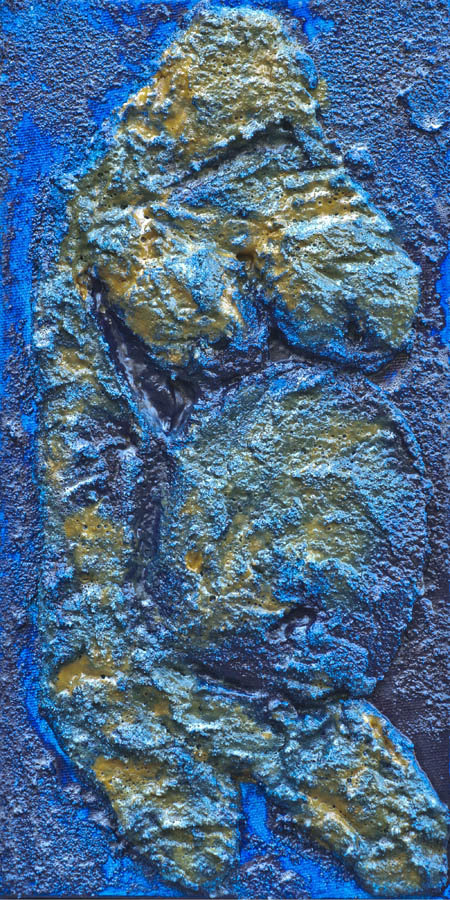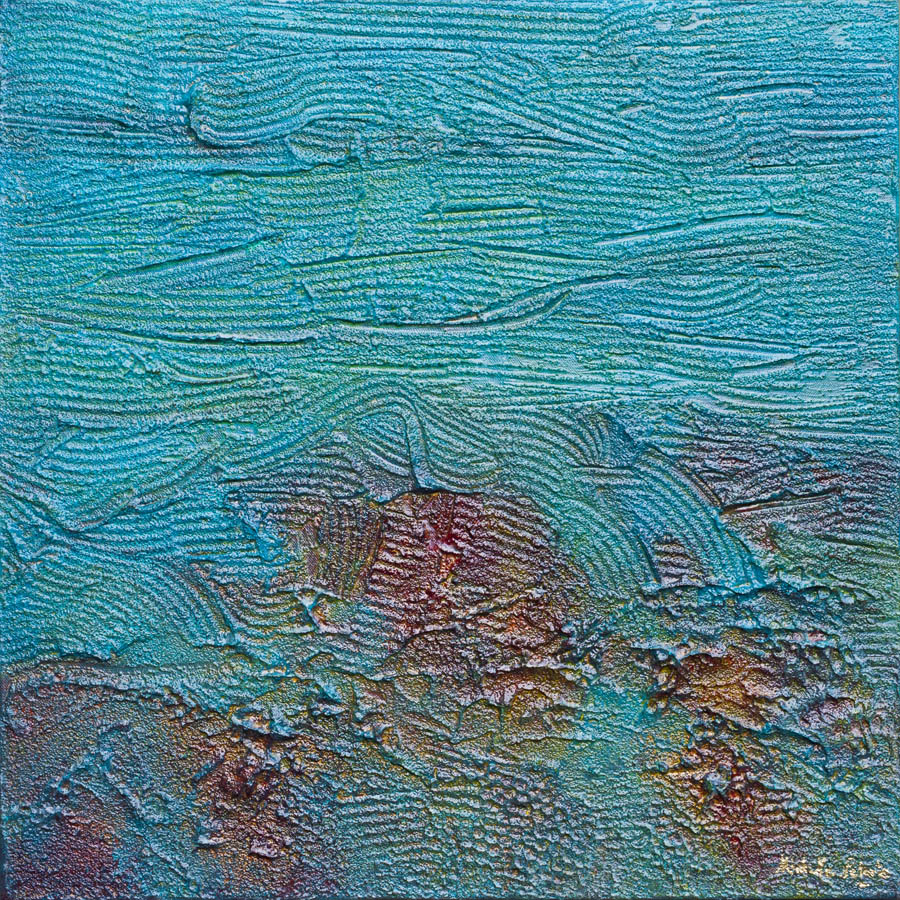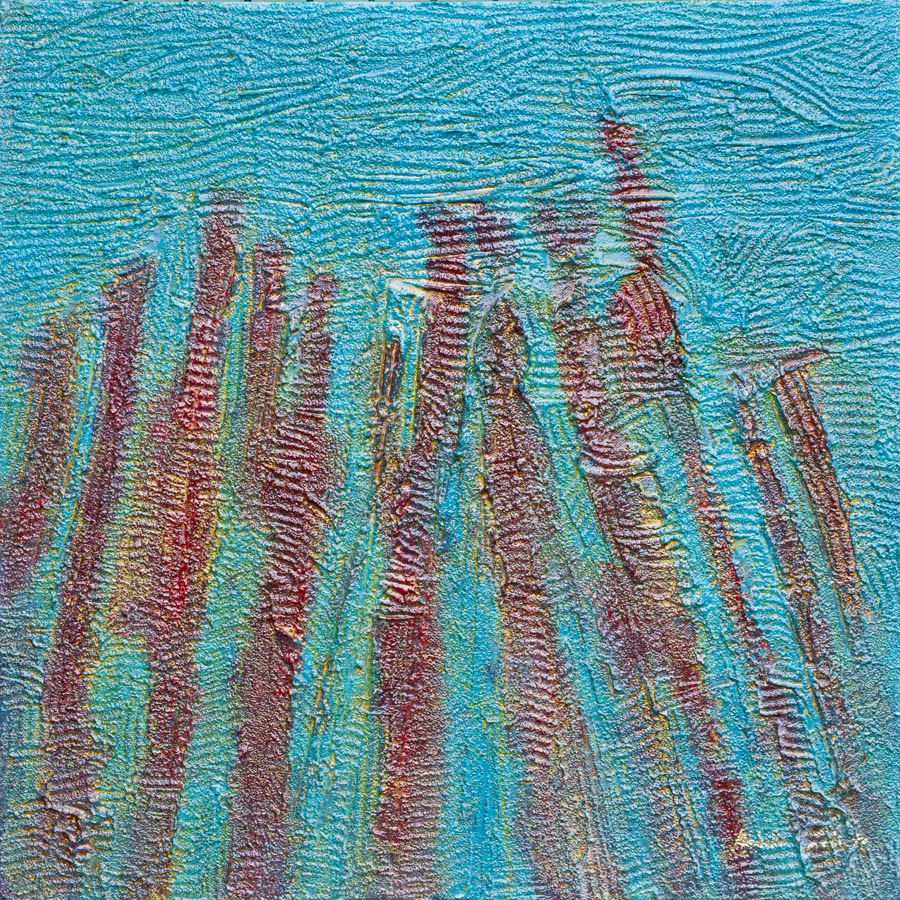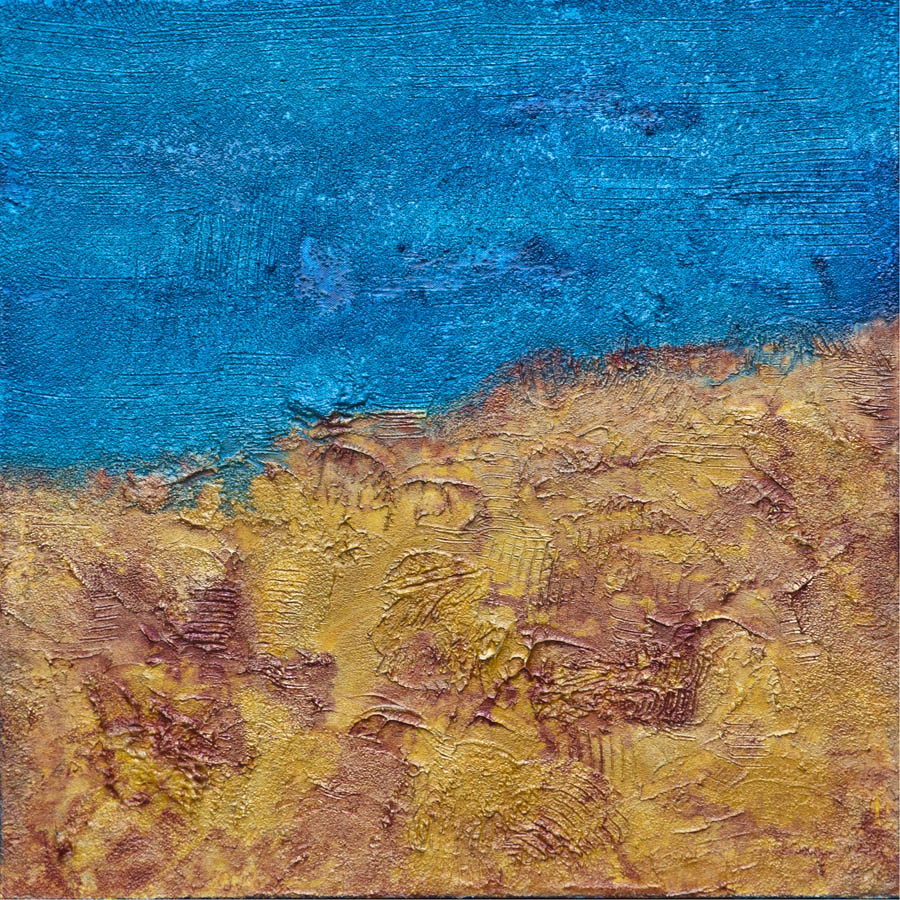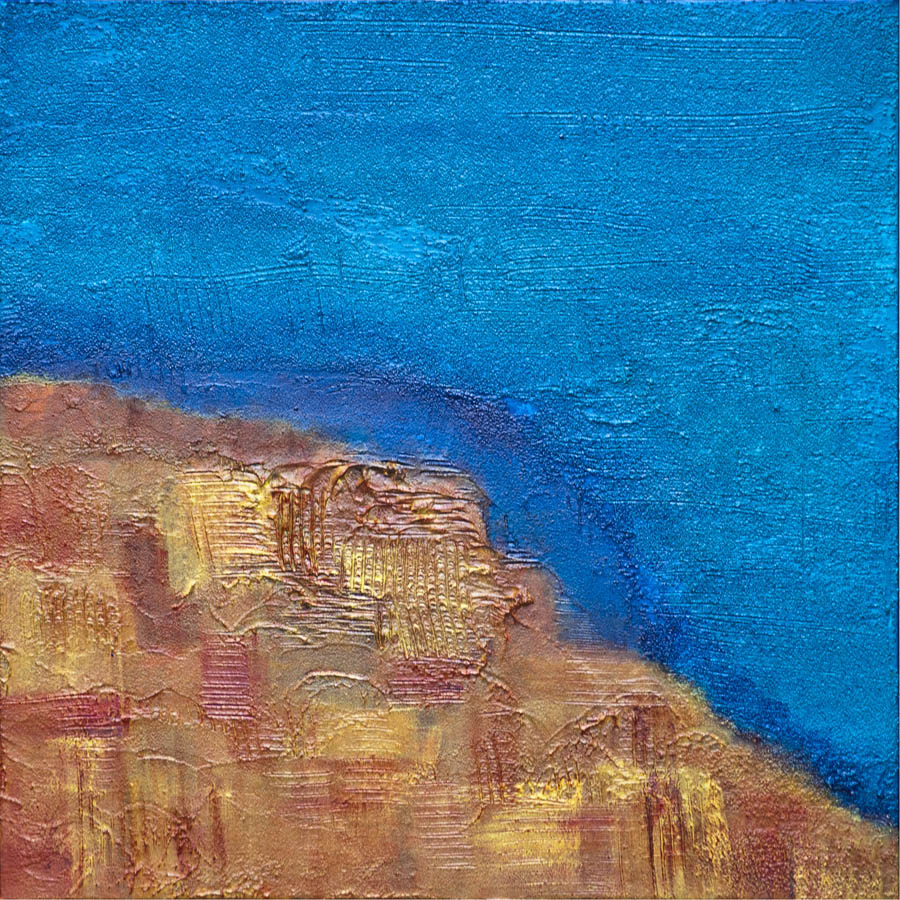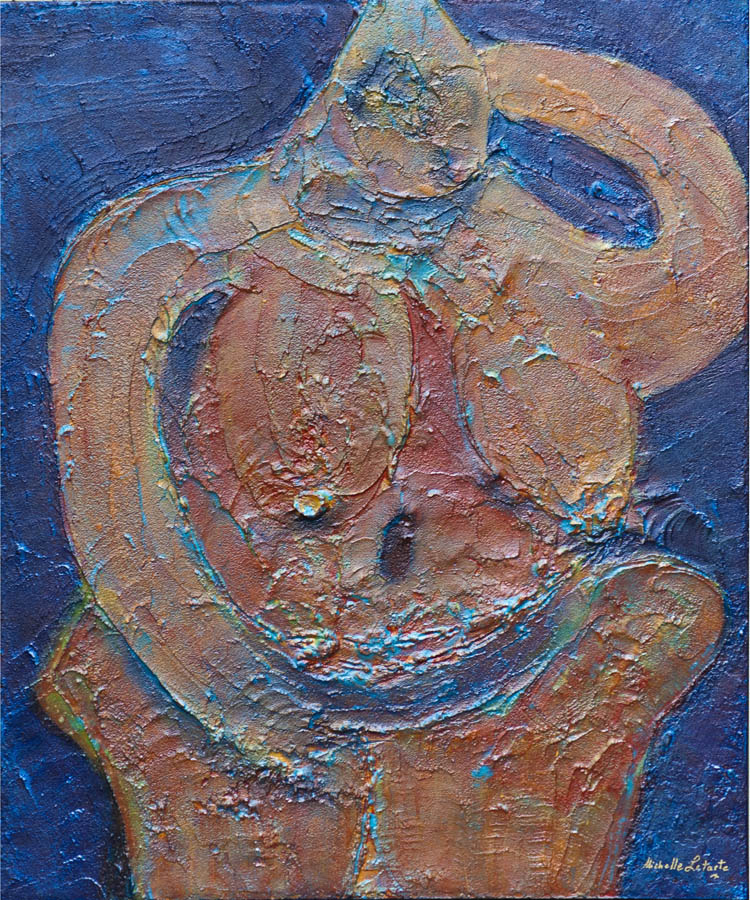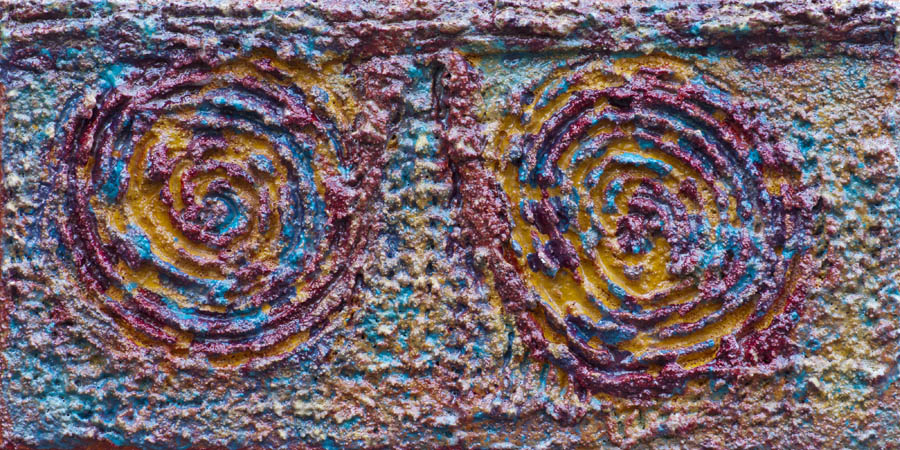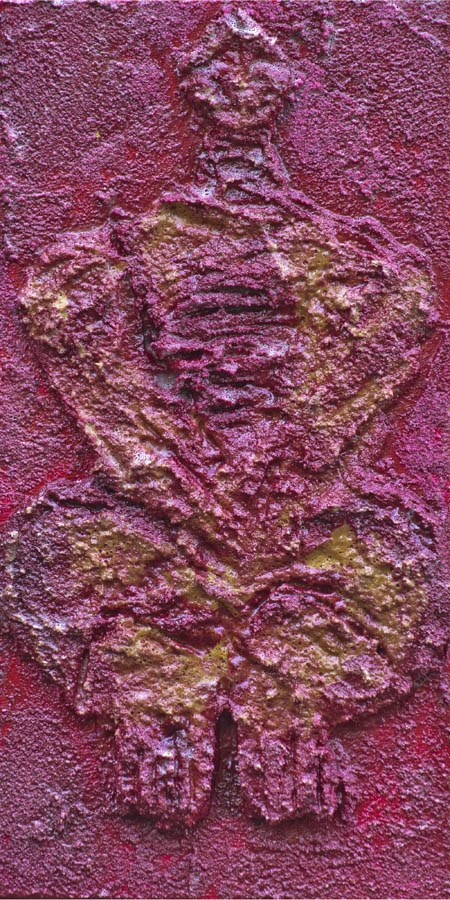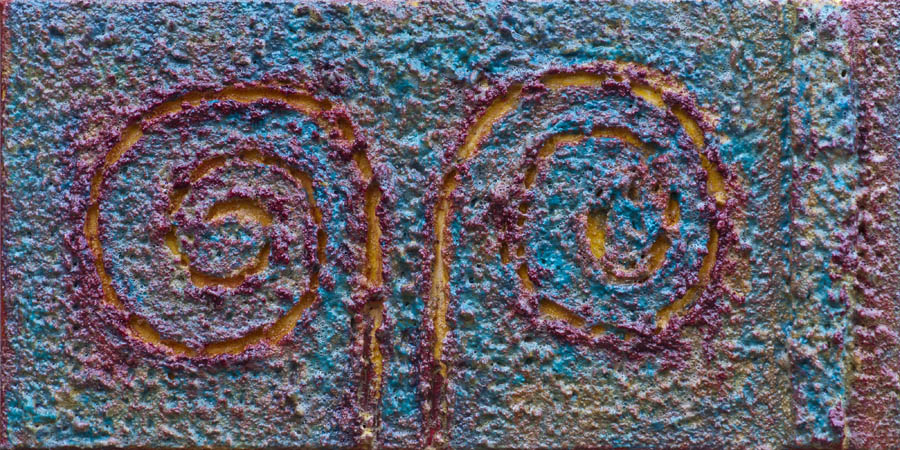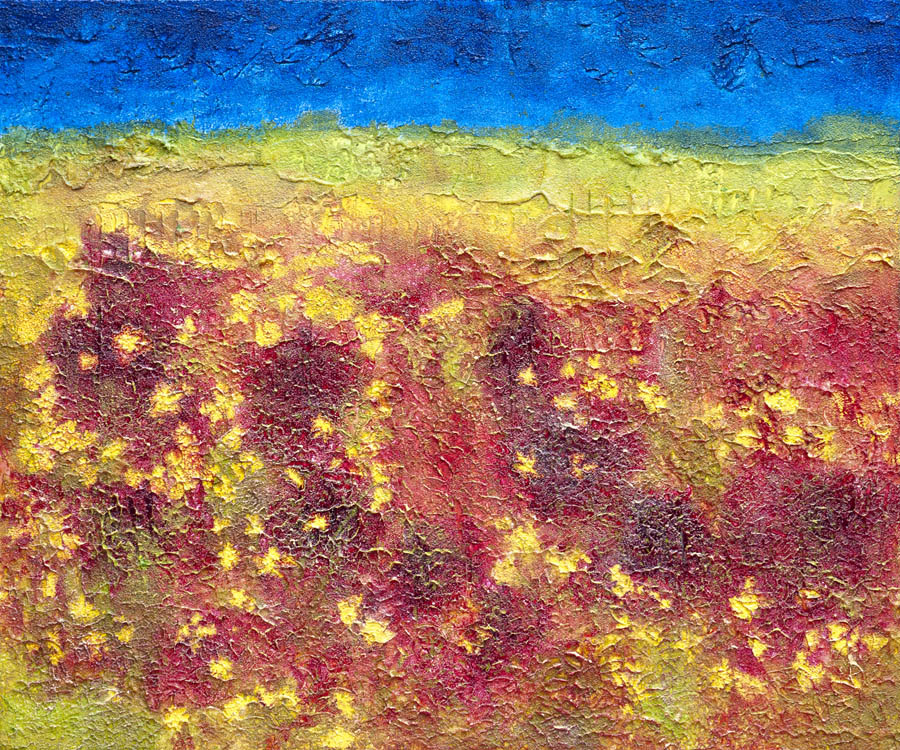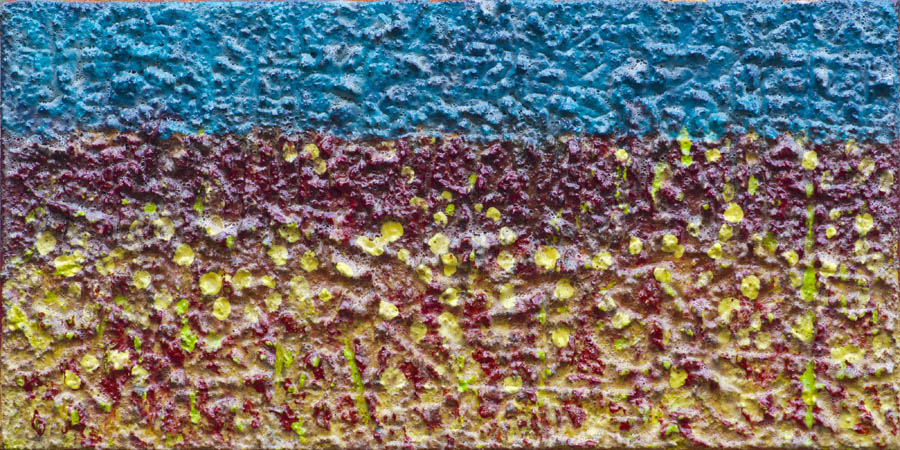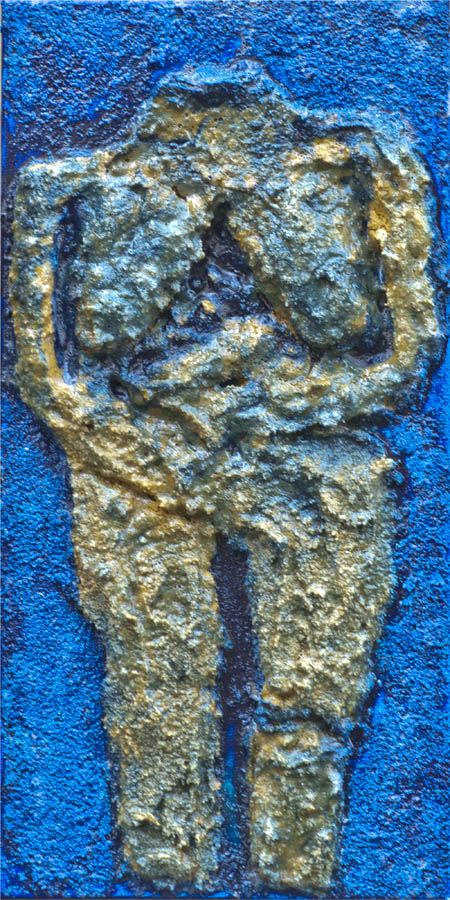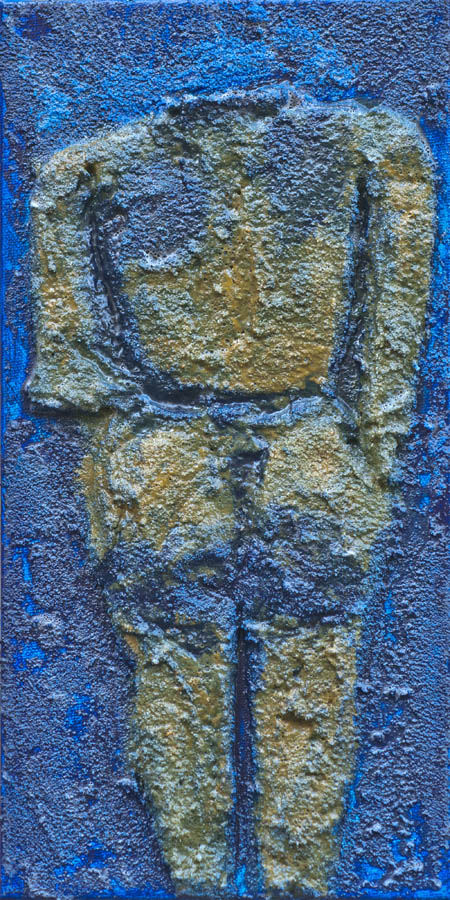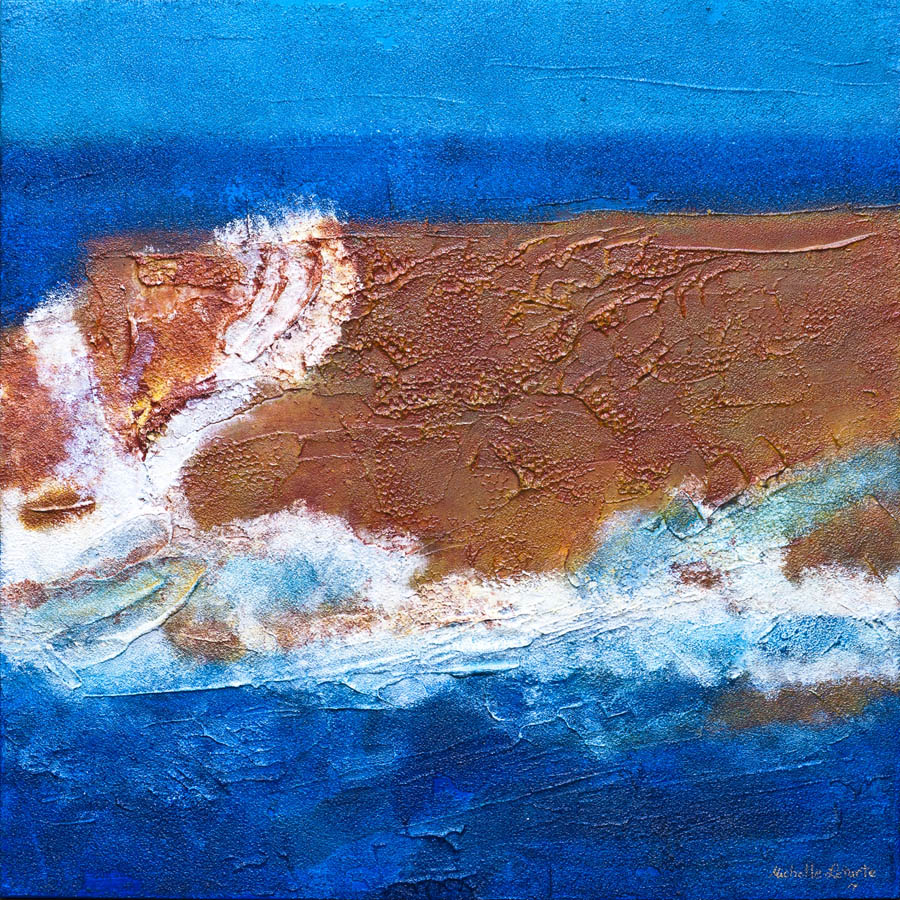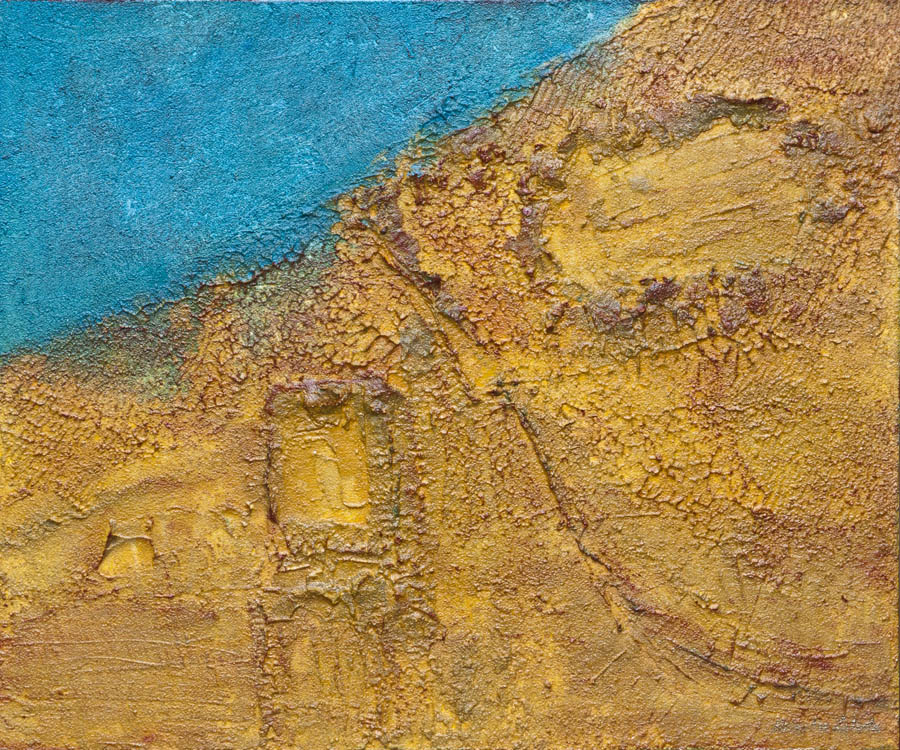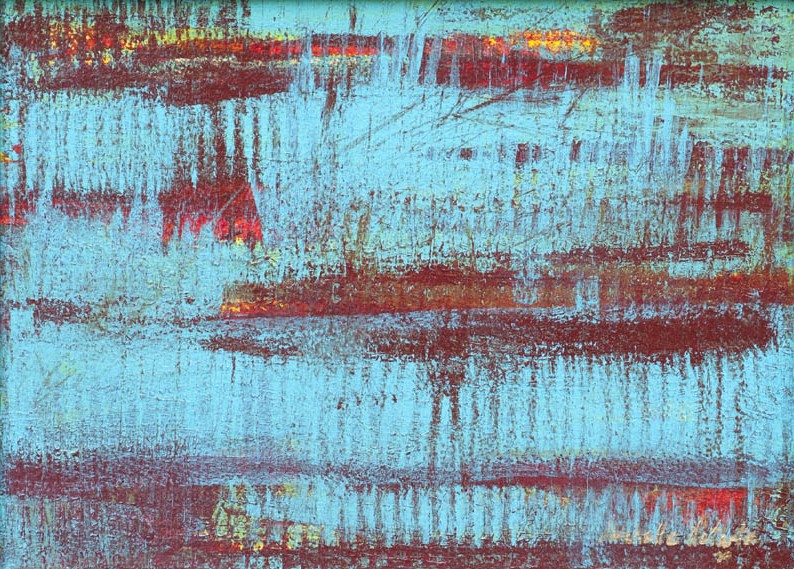The Republic of Malta is a small southern European country made up of 7 islands, including Malta and Gozo, in the Mediterranean Sea, between Sicily and Tunisia. Its capital is Valetta. Malta’s location was of great strategic importance as a naval base throughout history, and the Phoenicians, Romans, Moorish, Normans, Sicilians, Habsburg Spain, Knights of St-John, French and British ruled Malta over the years. Malta gained independence from the UK in 1964, became a republic in 1974, was admitted to the United Nations in 1964 and to the European Union in 2004.
Malta is a popular tourist destination with its warm climate, numerous recreational areas, and architectural and historical monuments, including nine UNESCO World Heritage Sites: Hal Saflieni Hypogeum, Valletta, and seven Megalithic Temples, representing some of the oldest free-standing structures in the world.
The Maltese Islands are made of limestone. The ingenious Neolithic inhabitants used the hard Coralline for external walls and the softer Globigerina for more delicate internal work. These people likely living in caves or open air villages had created organized communities working together to build remarkable temples. These are dated from 4500 BC to 3000 BC and most represent a combination of 2-4 temples clustered together. I visited some of the main temples: Hagar Qim, Mnajdra and Tarxien on Malta and Ggantija on Gozo, and the museums in Valetta and Victoria, containing artefacts from these megalithic sites. The size and disposition of the megalithic stones and the decoration of altars and slabs with pitted holes and spiral designs (oculus motifs) are most impressive.
Statuettes found at these sites, mostly in the tombs, vary in height from 5 to 60 cm. The oldest ones are made of clay and represent Fertility figures with drooping breasts and a swollen abdomen. Many corpulent figurines were also found, carved in limestone, bone or calcite alabaster, and with traces of red ochre. Some statuettes had holes and a socket in the neck area, suggesting that heads were interchangeable.
I used pumice, sand and glass bead media for clay and stone effects and a palate of colors from the sea, cliffs and wild flowers of April in Malta & Gozo.
